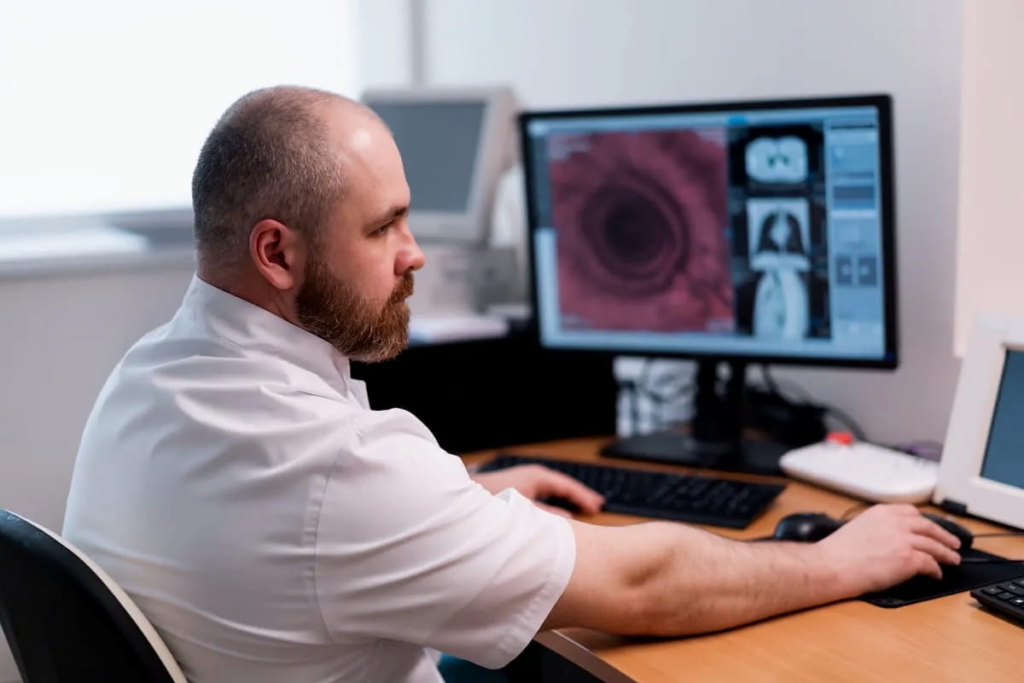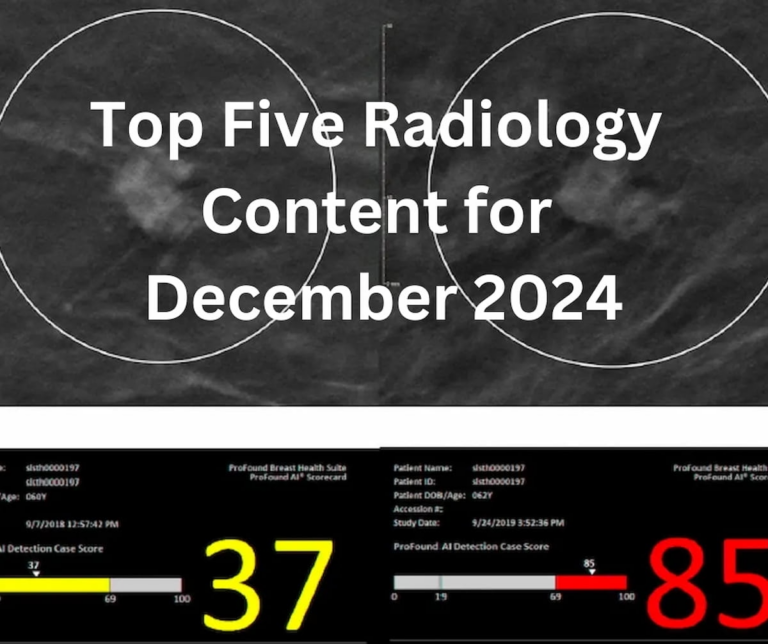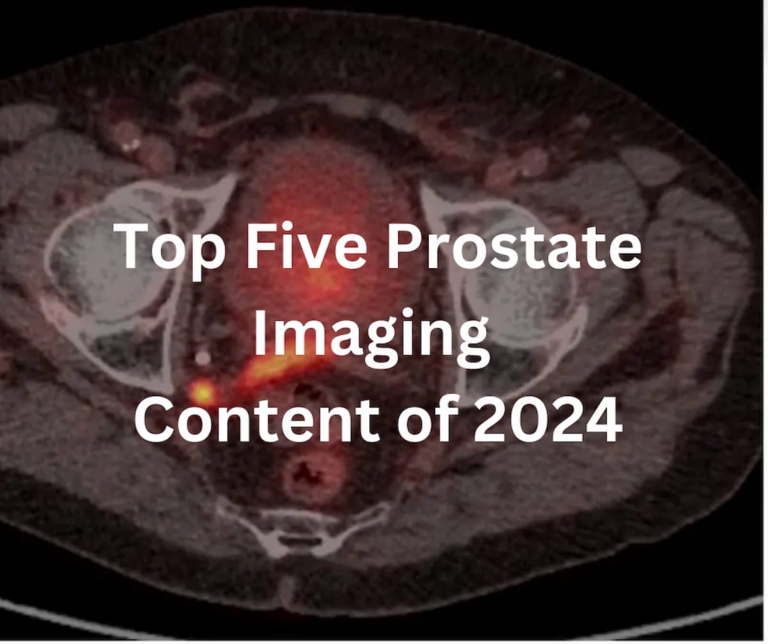
Last week, as I navigated through my workload, I faced a familiar dilemma. I stumbled upon an imaging finding that was inconsequential from a clinical perspective. However, as a professional, I felt it necessary to comment on it. That said, I knew my input was unlikely to influence patient outcomes in any meaningful way. The thought of omitting my remarks, though, gnawed at me. I dreaded the idea of receiving a quality assurance flag for overlooking a “minor miss” and the possibility that a clinician might view me as negligent.
Decades of this experience have led to a growing resentment concerning these mandatory comments. While it’s possible to streamline the process using macros for common phrases, I often find that generic expressions rarely capture the nuances of specific cases. The variable nature of each scenario complicates any attempt to standardize responses.
This situation reminds me of a scene from Curb Your Enthusiasm where characters poke fun at the phrase “Having said that.” This phrase serves as a polite disclaimer, creating a buffer for making potentially insulting comments; for instance, a comedian might say, “You are all a bunch of morons. Having said that, I’m really happy to be here.” Similarly, saying “I hate to say this, but” provides a thin veneer of politeness, allowing individuals to deliver criticisms while deflecting some of the resentment.
While we typically refrain from using such colloquialisms in our reports, they occasionally slip in. I’ve noticed some radiologists use the word “unfortunately” in their findings: “Ultrasound of the right upper quadrant was attempted. Unfortunately, the patient was not properly NPO for this exam and did not remain still.” Instances like these can appear passive-aggressive, as highlighted when an attending physician interrupted a resident trying to use “unfortunately.”
Most of my moments of reluctance to make declarations stem from my reports on pathological findings, particularly those unlikely to be treated. Many professionals, especially physicians, shy away from delivering bad news. It would be quite a remarkable ability to rectify abnormalities spotted in imaging—like a superhero who could heal through mere observation.
In essence, the majority of radiology reports fall into the category of things we’d rather not have to articulate. Ideally, we’d report on patients who show no signs of illness and don’t require imaging in the first place. However, if that were the case, there would be minimal need for diagnostic radiologists like myself.
If my career revolved around reading only routine obstetric sonograms or mammograms that consistently showed normal results, that might be an exception. There’s a certain satisfaction from assuring patients that they’re healthy and living to old age without complications.
Yet aside from the solace of good news, I grapple with more practical concerns regarding pathology. Each abnormal finding demands detailed description, accurate measurement, and a precise diagnosis. This process is undeniably time-consuming compared to simply signing off on a normal report. Moreover, every observation I make carries the risk of being incorrect, whether due to my own errors or technical issues like voice recognition misinterpretations.
My aversion extends to disclaimers as well. Numerous discussions have addressed these, including my own previous writings. While certain disclaimers like “clinical correlation recommended” might be avoidable, others are necessary but still irksome. Each time I note a study’s limitations, I’m reminded that I’m highlighting inherent imperfections in our field, and that my work isn’t an exception to this reality. To those not well-versed in radiology, we might seem to be making flimsy excuses for our findings.
Occasionally, these disclaimers are aimed at educating referring physicians about their procedural oversights, but even then, the effectiveness is often unclear. We end up voicing our frustrations much like a parent repeatedly advising their child against certain behaviors, without any certainty of impact.
However, these frustrations pale in comparison to my most significant grievances involving obligatory phrases in my reports. There are instances where non-radiologists—sometimes even individuals without medical training—demand specific wording. Does anyone outside of a regulatory body or insurance company truly care how much contrast we used in a procedure? The reality that someone lacking my level of training is telling me what to include in my professional analysis is particularly infuriating.
In summary, the routine of medical reporting often puts physicians in challenging positions: torn between the need for professionalism and the burdensome obligation to address trivialities and convey sometimes unwelcome truths. The nuances and complexities of our comments can weigh heavily, contributing to an evolving landscape of frustration and dissatisfaction that is part of the daily grind in radiology.


